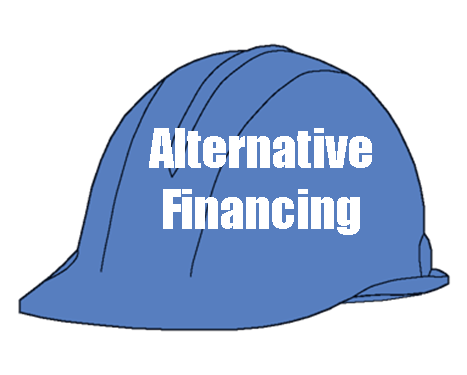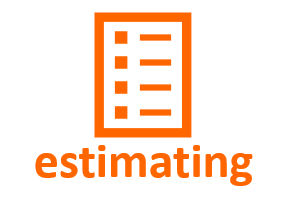BUSINESS BORROWING
Why You Cannot Rely on Banks Right Now...
(and maybe never again)
Written April, 2013
Late 2008 was a very frightening time for the US, and in fact the world's, financial structure. Troubled banks were the news lead every night. For whatever reason or combination of reasons, the financial system came very near collapse. A major contributing factor were mortgage loan problems and the resulting drop in existing home prices as real estate loan defaults and foreclosures numbers rocketed up, making the problem worse.
For the regional and community banks, real estate loans and construction financing historically comprised a huge portion of their business. The extreme enthusiasm in the real estate market for the prior five years led many of these banks to roll the dice on continued good times. Then a "Perfect Storm" of financial problems impacted these banks, causing them and their regulators to view construction and real estate loans as portfolio cancers --
- Many of the existing development and/or new construction loans held by banks went into default or, at the very least, weakened considerably as the demand for new homes disappeared. Loan collateral numbers, i.e. lot and completed construction values, had to be reduced, often by 50-60%. This was a severe blow to bank valuations as loan loss reserves had to be adjusted for the bad and weakening loans.
- Many bond portfolio holdings, especially those based on mortgages, were dramatically discounted. Some CMOs, collateralized mortgage obligations, that required 3% loss reserves one month required 100% loss reserves the next. Such extreme re-evaluations and mark-downs eroded the financial strength of the banks to the point that many of them became "under-capitalized".
- This brought the government regulators into play. Not only did the regulators insist that the banks bring their loan loss reserves back up to previous levels, but in many cases the regulators insisted that the banks increase their loan loss reserve percentages from previous levels. Money was sucked out of lending portfolios to shore up reserves. Funds added to loan loss reserve accounts is not available to be loaned to businesses.
The Results?
- Much of the extra money put into the economy by government action, money that was supposed to spur the economy, stopped once it hit the banks because they needed those funds to meet regulator demands to increase reserves.
- Many banks are now (and, I expect, for the foreseeable future)wary about going back into home loans, let alone construction financing, because they do not have any way of knowing where the real market is and have no reliable way of valuing the collateral holdings. Banks, being the conservative institutions they are, are unprepared to deal with the uncertainties of the new home market right now. Risk management guidelines call for minimum risk exposure.
- Quite a few banks are prohibited by Letters of Agreement with their regulators from making any real estate or construction loans at all. In fact, many are charged with the requirement to continue to reduce their current positions.
Books will be written about the economic period 2008-2012. I have just touched the surface of an incredibly complex problem.
However, one conclusion is easy to reach.
Things have changed radically for the homebuilding industry.
Many banks have pulled their loan agreements or lines-of-credit agreements from builder, regardless of how long their business or personal relationship. Builders who relied for years, or generations, on their banks for project funding are discovering that relationship has evaporated, by mandate of the regulators.
The reason contractors built their business model using bank loans was that the process was fast, easy, and predictable. That is no longer the case, and so we have to make adjustments. The adjustments we are going to have to make are often outside our comfort level, and so we will make them reluctantly, but...
The truth is that the old model is no longer available to us, and it is possible that we will not see that old model again. We have to look for other options.
Given that, where is money to develop and build the next housing cycle to be found? If bank funding is no longer available, what alternatives exist outside regular banking channels?
Let's Look at Some Alternatives
A couple of things need to be said here.
First, I have absolute faith that the housing market is going to come back. Even the most cursory reading of household formation numbers and construction volume would indicate that pressure is building for new housing. However, it may take a few years to get it all worked out.
Second, the financial community will come up with a way to fund construction once again. The problem is that funding mechanisms may be developed which work best for large national builders to the detriment of the small builder. Funding large companies with billion-dollar-needs is more efficient than funding small companies with hundred-thousand-dollar needs. We may see an even greater concentration of homebuilding numbers going to the national builders.
Third, I believe that the small builder is going to have to be more nimble and more inventive in putting together the financing for their business and their projects.
To that end, I offer the following for your consideration:

















